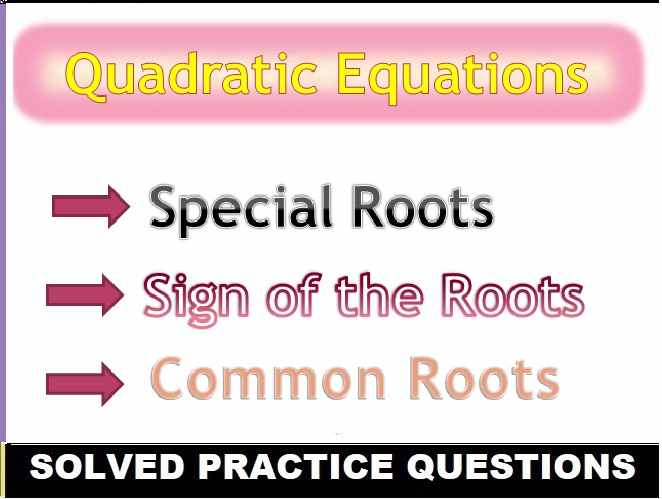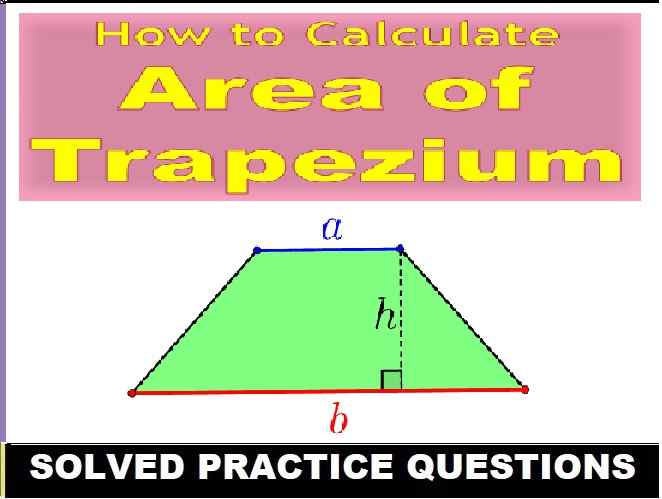Atomic Structure Class-8th Goyal Brothers ICSE Chemistry Solutions Ch-4 Unit 1 . We Provide Step by Step Answers of Objectives, True and False, Incorrect and Correct , Definitions , Match the followings and Short/Long Question Type answers of Chapter-4, Unit 1, Atomic Structure. Visit official Website CISCE for detail information about ICSE Board Class-8

Atomic Structure Class-8th Goyal Brothers ICSE Chemistry Solutions Ch-4 Unit 1
| Board | ICSE |
| Class | 8th |
| Subject | Chemistry |
| Book Name | Goyal Brothers |
| Chapter-4 | Atomic Structure |
| Unit-1 | Structure of an Atom |
| Topic | Solution of exercise questions |
| Session | 2023-24 |
OBJECTIVE TYPE QUESTIONS
Atomic Structure Class-8th Goyal Brothers ICSE Chemistry Solutions Ch-4 Unit 1
Que :A. Fill in the blank spaces by choosing the correct words from the given list :
List : hydrogen, valence, positively, orbits, anu
- According to J.J Thomson’s model of atom, the electrons are embedded in a thinly spread positively charged sphere of protons.
- The fixed paths along which the electrons revolve around the nucleus are called orbits.
- The electrons in the outermost orbit of an atom are called valence electrons.
- According to Maharishi kanad, the tiniest of the tiny particle of a pure substance is called anu.
- The mass of an electron is 1/1837 times than mass of one atom of hydrogen.
Que :B. Statements given below are incorrect. Write the correct statements :
Question 1: Chadwick discovered the electron.
Answer 1: Chadwick discovered the neutron.
Question 2: A proton is 1/1837 times heavier than an electron.
Answer 2: A proton is 1837 times heavier than an electron.
Question 3: The electrons in the outermost orbit of an atom are called bound electrons.
Answer 3: The electrons in the outermost orbit of an atom are called valence electrons.
Question 4: The mass of neutron is equal to the hydrogen atom and it is positively charged.
Answer 4: The mass of neutron is equal to the hydrogen atom and it is neutral charged.
Question 5: The core of an atom is called its center.
Answer 5: The core of an atom is called its nucleus.
Que :C. Match the statements in Column A, with those in Column B.
| Column A | Column B |
| 1. A positively charged particle within the nucleus of an atom. | (a)Nucleons |
| 2. The name of electrons in the outermost orbit. | (b)Electron |
| 3. An assembly of protons and neutrons within the nucleus of an atom. | (c)Neutron |
| 4. An almost weightless particle in an atom which is negatively charged. | (d)Proton |
| 5. A particle almost as heavy as proton, having no electric charge. | (e)Valence electrons |
Answer :
| Column A | Column B |
| 1. A positively charged particle within the nucleus of an atom. | (a)Proton |
| 2. The name of electrons in the outermost orbit. | (b)Valence electrons |
| 3. An assembly of protons and neutrons within the nucleus of an atom. | (c)Nucleons |
| 4. An almost weightless particle in an atom which is negatively charged. | (d)Electron |
| 5. A particle almost as heavy as proton, having no electric charge. | (e)Neutron |
Que :D. Write ‘true’ or ‘false’ for the following statements :
| Statement | True/False |
| 1. The core of an atom is called nucleus. | |
| 2. Proton is a positively charged particle having a negligible mass. | |
| 3. Paramanu is made up of two or more anus. | |
| 4. The electron as an integral part of all kinds of atom of different elements was discovered by Rutherford. | |
| 5. The electrons in the shell close to the nucleus are called bound electrons. |
Answer :
| Statement | True/False |
| 1.The core of an atom is called nucleus. | T |
| 2. Proton is a positively charged particle having a negligible mass. | F |
| 3. Paramanu is made up of two or more anus. | F |
| 4. The electron as an integral part of all kinds of atom of different elements was discovered by Rutherford. | T |
| 5. The electrons in the shell close to the nucleus are called bound electrons. | T |
Que :E. Tick (√) the most appropriate answer.
Question 1: Which one of the following proposed atomic theory of matter ?
(a) John Dalton
(b) J.J. Thomson
(c) Rutherford
(d) Niels Bohr
Answer : option (a) J.J. Thomson is correct.
Question 2: Nucleons are
(a) protons only
(b) neutrons only
(c) protons and neutrons
(d) protons and electrons
Answer : option (c) protons and neutrons is correct.
Question 3: The mass of an atom is due to the assembly
(a) protons
(b) neutrons
(c) protons and electrons
(d) protons and neutrons
Answer : option (d) protons and neutrons is correct.
Question 4: The electrons in the outermost orbit of an atom are held very weakly by the nucleus and are called :
(a) lose electrons
(b) weak electrons
(c) valence electrons
(d) none of these
Answer : option (a) lose electrons is correct.
Question 5: The alpha particles used by Rutherford for bombarding the gold foil :
(a) have a mass of 2 amu charge ±4
(b) have a mass of 4 amu charge ±2
(c) have a mass of 4 amu charge ±4
(d) have a mass of 1 amu charge ±1
Answer : option (b) have a mass of 4 amu charge ±2 is correct.
Study Questions of Atomic Structure Class-8th
Goyal Brothers ICSE Chemistry Solutions Ch-4 Unit 1
Question 1: State five main assumptions of Dalton’s atomic theory of matter.
Answer 1: Assumptions of Dalton’s atomic theory of matter:
(1)Matter consists of very small and indivisible particles called atoms.
(2)Atoms can neither be created nor be destroyed.
(3)The atoms of an element are identical in all respects, mass, density, chemical properties, but they differ from the atoms of other elements.
(4)Atoms of an element combine in small numbers to form molecules of that element.
(5)Atoms of an element combine with the atoms of another element in a simple whole number ratio to form molecules of compound.
Question 2: Name the nucleons present within the nucleus of an atom and state their mass and charge.
Answer 2: Nucleus:
- The small region situated in the center of an atom is called the nucleus.
- The two particles found inside the nucleus of an atom are the following:
Protons
- Proton is a positively charged particle present inside the nucleus of an atom.
- Its charge is taken asa unit positive charge and its mass is 1.67262192×10-27kilograms.
Neutrons
- A neutron is a neutral particle present inside the nucleus of an atom.
- It has no electrical charge and its mass is almost equal to the mass of the proton. i.e., 1.67493×10-27kg.
Question 3: What do you understand by the following terms :
(a) atomic number, (b) mass number ?
Answer 3: (a) atomic number – The atomic number of an element is determined by the number of protons in it, and it is used to differentiate one element from another. The mass number of an element is determined by the number of protons and neutrons combined.
(b) mass number – mass number, in nuclear physics, the sum of the numbers of protons and neutrons present in the nucleus of an atom.
Question 4: State any four observations made by Rutherford, in bombarding gold foil with alpha particles.
Answer 4: State any four observations made by Rutherford in bombarding Gold foil with Alpha particles :-
- Some alpha particles passed Straight. Through the gold foil.
- some were deflected by small angles.
- some were deflected by large angles.
- some alpha particles rebounded back.
Question 5: What are (a) bound electrons (b) valence electrons ?
Answer 5: (a) bound electrons – As nucleus is positively charged it strongly attracts the negative charged electrons. The electron orbit close to the nucleus are tightly bound by strong attractive force of nucleus. These electrons are known as bound electrons.
Question 6: How is an atom electrically stable ?
Answer 6: Every atom has proton, neutron and electron. Proton has positive charge, electron has negative charge and neutrons have no charge. In every stable atoms, number of electrons and protons are same. So every stable atoms have zero electrical charge.
Lets take an example of sodium atom which has 11 protons and 11 electrons so it is electrically stable means there is no charge on sodium atom. But as we know that sodium has 1 free electron in its outer layer and if we remove this electron than sodium atom will have positive charge.
Question 7: State any three conclusions regarding the nucleus of an atom.
Answer 7: three conclusions regarding the nucleus of an atom are following
(1) Nucleus of an atom is positively charged because the nucleus contains protons and neutrons because of the protons nucleus has an overall positive charge.
The electrons revolve around the nucleus.
(2) The Nucleus of an atom is very dense and hard.
(3) Nucleus of an atom is very small as compared to the size of the atom as a whole.
— : end of Atomic Structure Class-8th Goyal Brothers Answers :–
Return to- ICSE Class -8 Goyal Brothers Chemistry Solutions
Thanks
Please share with yours friends if you find it helpful.


